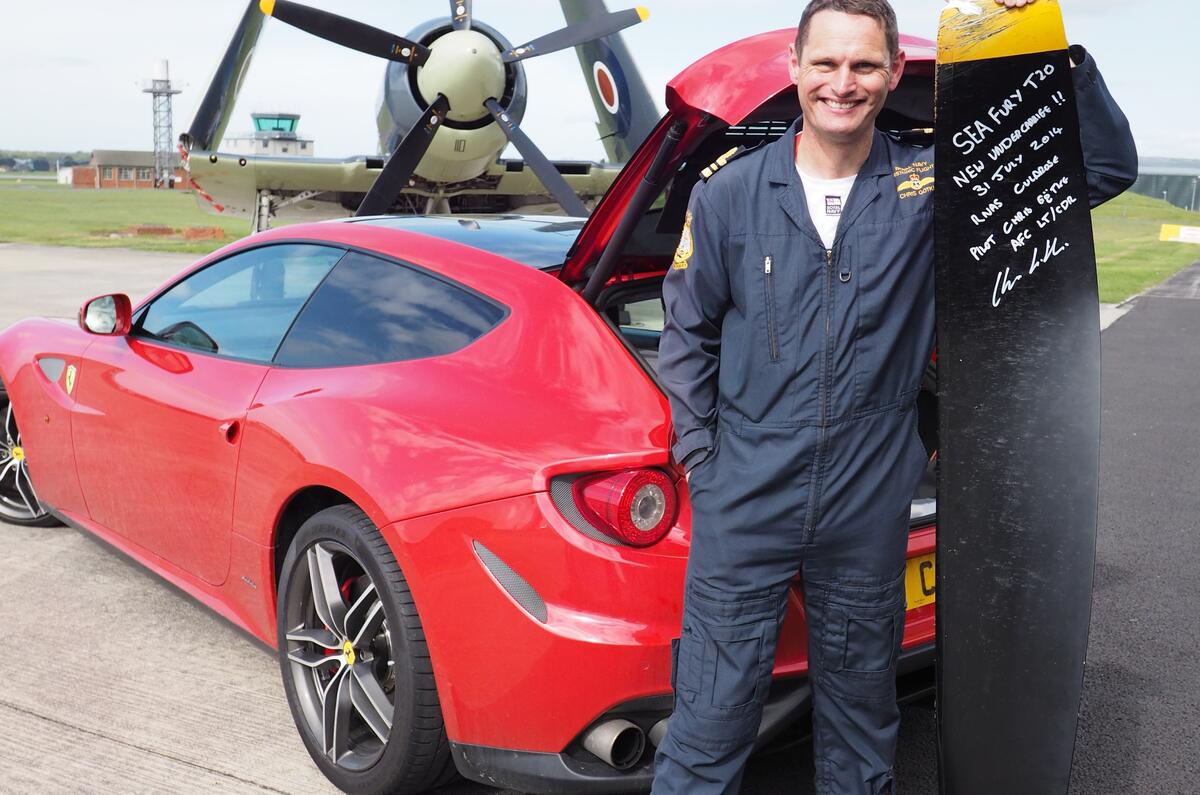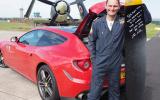When Land Rover celebrated its 65th birthday in 2013, it held a gathering at a country house in the Midlands. There was a fabulous array of historic models parked around the place and a decent amount of open land to try out a few of the cars.
Just before lunch, a Royal Naval helicopter from RNAS Yeovilton put on a display over the grounds and then landed in front of the house. It was delivering a 65th birthday cake for Land Rover.
After the photoshoot was over, I found myself sitting next to one of the helicopter crew at lunch.
When I heard RN man Andy was based at Yeovilton, I asked him whether he knew much of the Royal Naval Historic Flight planes based down there, specifically the Hawker Sea Fury.
It turned out he often flew in the two-seater Sea Fury and the Swordfish biplane when the aircraft were on the summer air show circuit.
Well, as much as I am deeply fascinated by the car industry, a man who flew Sea Furies put me straight into the realm of childhood fantasy. When I was a kid, I didn’t have pictures of cars on my bedroom wall. I had a Sea Fury poster.
The Hawker Fury was just too late to see action in WW2, but it was about the ultimate expression of the piston-engined fighter. A huge aeroplane, it was powered by the spectacularly complex Bristol Centaurus radial engine, which had two rows of nine cylinders and was good for 2500bhp.
I forgot all about Land Rovers because I was riveted by Andy’s stories of keeping the Sea Furies flying, of dropped piston rings and the loss of two Sea Furies in quick succession: first in 1989 (engine failure, ditched in the Firth Of Clyde) and then in 1990 (engine failure on take-off from Yeovilton).
Tricky things, those Centaurus engines. They’re immensely complex (have you ever seen an animation of how sleeve valves work?) and, when you see one in pieces, I can’t imagine how blokes armed only with pencils and log tables managed to bring them to life.
Anyway, I kept in touch with Andy and promised I’d visit Yeovilton (there’s a great museum at the airbase) when I had a nice car for a weekend.









Join the debate
Add your comment
Great article!